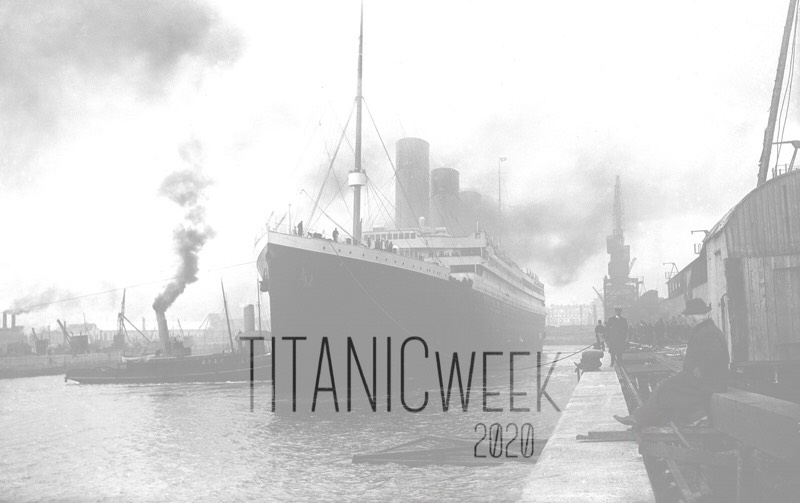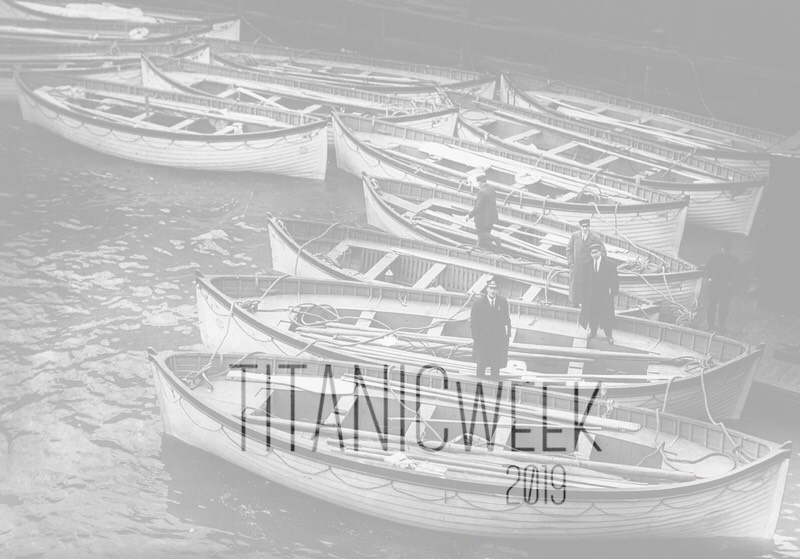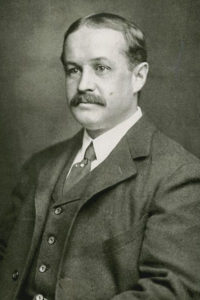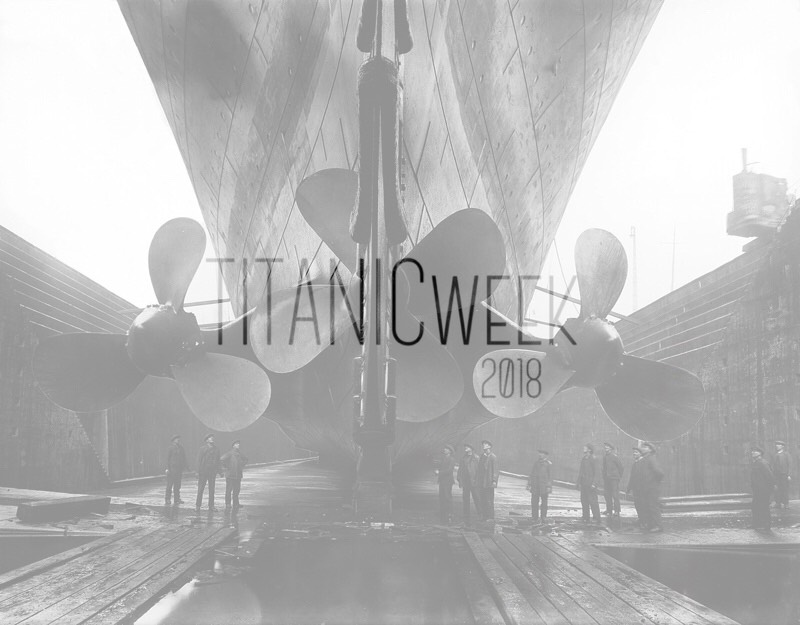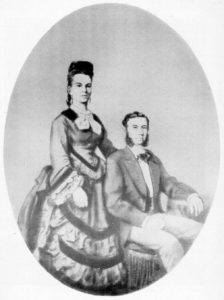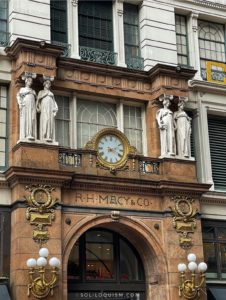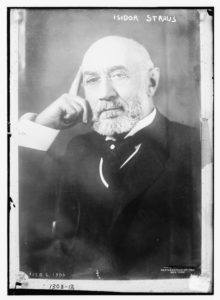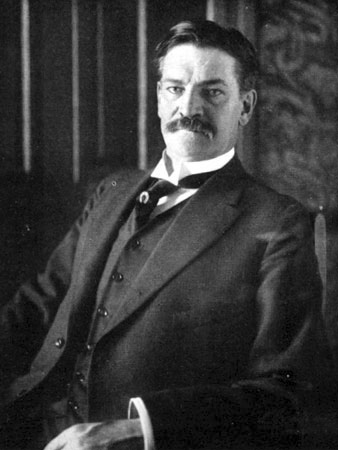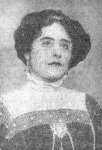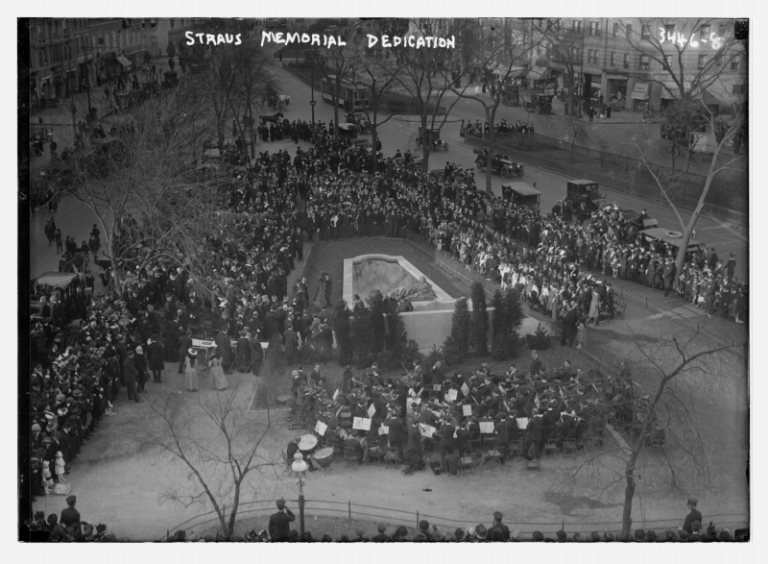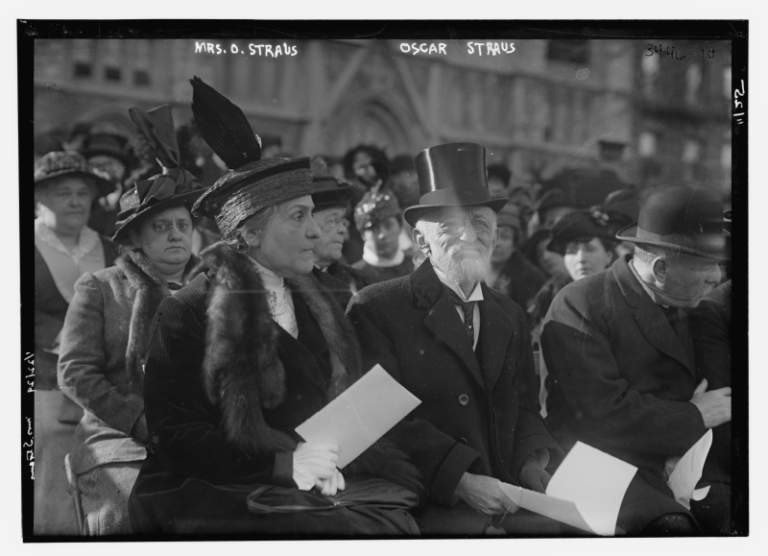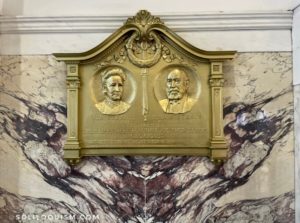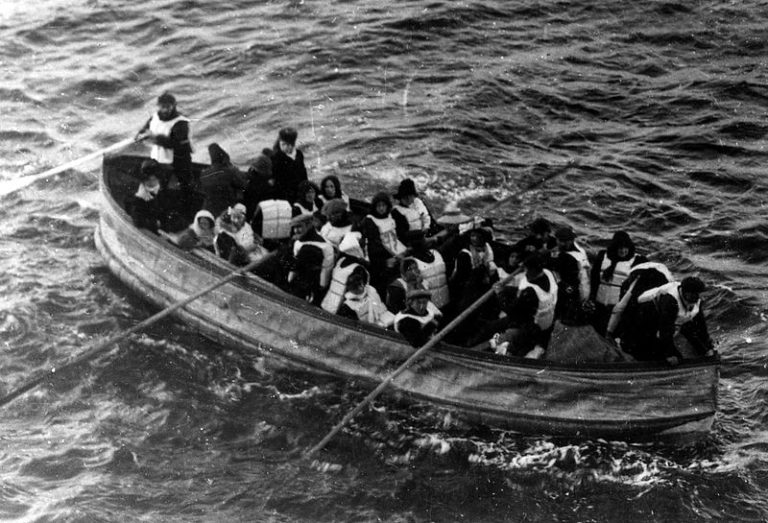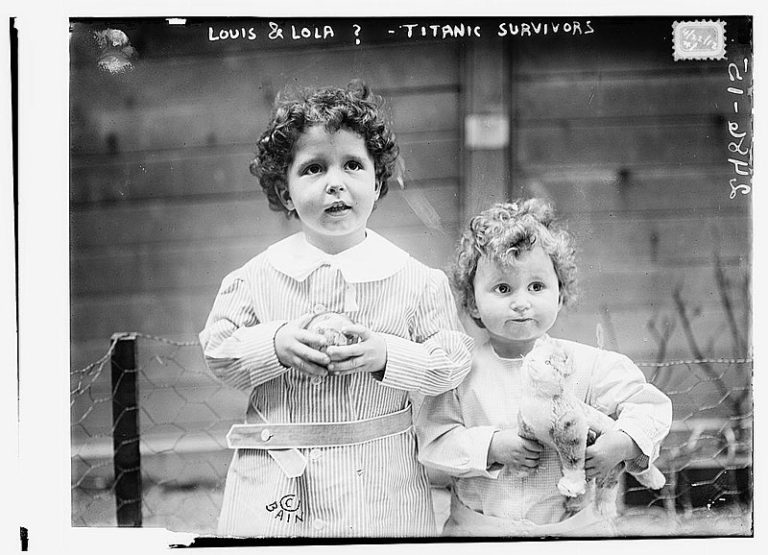"Everything & Everybody Spellbound": Dorothy Gibson
Dorothy Gibson was 22 years old and a "leading photoplayer" in motion pictures by April of 1912.
She’d been signed on as a leading lady by a French motion picture company called Éclair after a stint as an actress and dancer on Broadway. Even more famously, she had been the muse for artist Harrison Fisher, modeling for many of his illustrations. Over the years, she graced postcards, magazine covers, and other merchandise.

Dorothy Gibson was the model for this illustration by Harrison Fisher, circa 1911.
Dorothy and her mother departed for Egypt on St. Patrick's Day of 1912, and evidently took the opportunity to go for a lark to Europe as well. Dorothy had only just completed a series of films, and needed some time for self-restoration.
They were enjoying Italy when Dorothy received word from her producer and secret lover Jules Brulatour that she was needed back to complete a new series, and she and her mother bought their First-Class tickets while in Paris.

A publicity shot of Dorothy Gibson, circa 1911.
Dorothy was enjoying a late-night game of bridge with her mother and two new gentleman friends when Titanic struck the iceberg. One of the men, banker William Sloper, clearly took a shine to Dorothy, as evidenced by his account of the sinking.
I returned to the library of the ship and sat down at one of the desks to write thank you letters to some of my London friends with whom I had visited during the two weeks I was there. A very pretty young woman approached my desk and introduced herself as Miss Dorothy Gibson. She explained that she and her mother were seated across the room hoping that they would be able to find another card player to make a fourth at bridge. Although I was not then and never have been a good bridge player I accepted to join her as soon as I finished my letter.
Dorothy recounted the circumstances of the card game herself, as well as her recollection of the moment of collision, to the New York Dramatic Mirror, which was published in the May 1, 1912 issue.
Four of us had been breaking the rules of the boat by playing bridge on Sunday evening. After the steward had told us that he must put out the lights, we begged to finish the rubber and have some Poland water. These ceremonies over, I walked down to my room, at just 11.40. No sooner had I stepped into my apartment than there suddenly came this long drawn, sickening crunch.
Mr. Sloper, who had agreed to take a stroll on the promenade with Dorothy, continues in his retelling.
Suddenly the ship gave a lurch and seemed to slightly keel over to the left. At the same moment Dorothy came hastily up the stairs and we ran together onto the promenade deck on the starboard side. Peering off into the starlit night, we could both of us see something white looming up out of the water and rapidly disappearing off the stern.
As soon as the ladies returned, the four of us passed out onto the forward promenade deck. As we came amidship I asked the others if they didn't think we were walking down hill?
According to Mr. Sloper, the group continued to walk, all the while growing increasingly concerned about the deck tilt. It was then that they nearly collided with Thomas Andrews.
At this moment the designer of the ship at whose table in the dining saloon Mrs. Gibson and Dorothy had been sitting at mealtime during the voyage came bouncing up the stairs three steps at a time. Dorothy rushed over to him, putting her hands on his arm demanded to know what had happened.
Andrews apparently did not answer Dorothy with anything other than a “worried look on his face” as he continued running up the stairs.
The group of four—Dorothy, her mother, William Sloper, and the other bridge-player Frederick Steward—dispersed to grab their coats and lifebelts, then reunited up on deck; they found themselves near Lifeboat 7, which was on the starboard side, and therefore presided over by First Officer William Murdoch and Third Officer Herbert Pitman.
They could barely hear one another over the roar of the steam escaping the funnel that stretched above them.

A publicity shot of Dorothy Gibson.
Dorothy only stated that she and her mother were soon ordered into the lifeboat, and that she had to quite literally jump in as it swung to and fro on the davits.
William Sloper went into more detail, stating that an unspecified officer used a megaphone, inviting passengers to enter the boat if they’d like. A few stepped on before it was the group's turn to decide whether to stay or go, at which point Mrs. Gibson and Dorothy were placed into the boat.
For the rest of his life, Mr. Sloper credited Dorothy as his savior that night, because she refused to let go of his hand and insisted that he and Mr. Steward get in the boat, or she would not leave without them. No one else stepped forward, and the men relented to Dorothy’s pleas, even though the many still on deck around the boat continued to stand indecisive and still.
According to Mr. Sloper, Dorothy seemed to be the only one who comprehended the gravity of the situation at hand, and so was adamant about boarding the lifeboat.
Every passenger seemed to have taken a firm grip on his nerves. Dorothy Gibson was the only one who seemed to realize the desperate situation we were in because she had become quite hysterical and kept repeating over and over so that people standing near us could hear, ' I'll never ride in my little grey car again '. There was no doubt in Dorothy's mind in what she wanted to do.
It took some more minutes, but 19 more people eventually took seats in the lifeboat; when no one else stepped forward to board, the unnamed officer had the boat lowered away.
Dorothy recounted that there was no plug in the lifeboat and that water was flooding in through the floor, but that everyone in the boat worked to stuff it with, as she put it, “lingerie of the women and the garments of men.”
Dorothy’s description of the sinking itself is particularly haunting.
It seemed like a nightmare. The lights flickered out, deck by deck, until the bow was quite submerged. Then with a lurch, the Titanic slid forward under the waves. Instantly there sounded a rumble like Niagara, with two dull explosions.
A pause of silence held everything and everybody spellbound, until the stern shot back into sight and immediately sank again. Then, there burst out the most ghastly cries, shrieks, yells and moans that a mortal could ever imagine. No one can describe the frightful sounds, that gradually died away to nothing.
At the boarish insistence of her producer-slash-lover Jules Brulatour, Dorothy was IMMEDIATELY set up to star in the world's first film about the disaster: "Saved from the Titanic." It was a 10-minute long silent film, which premiered all of 29 days after Titanic sank on May 14, 1912.
Just like today, the sinking created a ravenous market, so needless to say, "Saved from the Titanic" drew a large crowd. The film was generally well-received for its technically aspects, and Dorothy was praised for her acting and bravery in reliving the raw trauma for its benefit.
There were also, of course, objections to the brazen commercialization of such a violent tragedy mere weeks after it had occurred.

Advertisement from "Saved from the Titanic," which debuted on May 14, 1912. Courtesy of Eclair Films.
"Saved from the Titanic" happened with such haste that Dorothy, who essentially played herself, wore the exact clothes that she had actually worn during the sinking.
She is rumored to have often undergone debilitating mental anguish, often breaking down in tears, during production. But she completed it regardless, because it was an “opportunity to pay tribute to those who gave their lives on that awful night”.
The original and only confirmed prints of “Saved from the Titanic” were destroyed in 1914, in a fire at the Éclair studios in New Jersey. It is considered one of the most significant "lost films" in cinematic history.
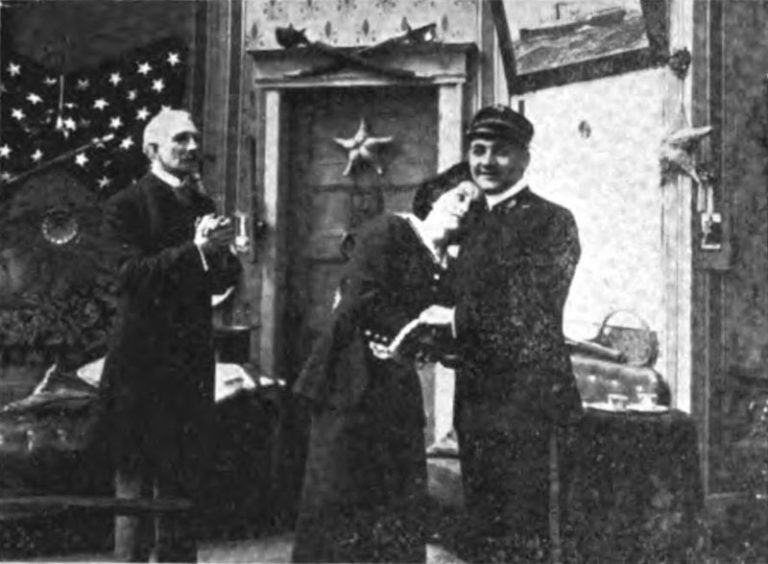
A still of Dorothy Gibson in "Saved from the Titanic" in 1912.
Shortly thereafter, Dorothy ended her film career.
In 1913, Dorothy was driving Jules Brulatour's sports car in New York when she ran over and killed a pedestrian; in the resulting trial, it came to light that Dorothy was, in fact, Brulatour's mistress.
Within a few years, Dorothy withdrew from public life entirely after her scandalous marriage to and swift divorce from Jules Brulatour.
Following that, there is very little in the way of information about her to be had.
But we know that three decades after Titanic sank, Dorothy found herself living in Paris and visiting her mother in Italy at the onset of Hitler’s rise to power.
But owing to the trauma she experienced on Titanic, refused to travel via sea to America.
So there, in Italy, Dorothy Gibson, the Titanic survivor and former starlet, was eventually arrested for being an anti-Fascist agitator and jailed in the San Vittore prison in Milan.
She was eventually aided in her escape from the prison she called “a living death” by Italian official(s) who insisted that she was not anti-Fascist, but in fact was willing to become a double agent to spy for the German cause.
So in 1944, she appeared quite suddenly in Switzerland for interrogation by the American consulate. Her allegiances--whatever they actually were--were never determined.
In 1945, Dorothy returned to Paris.
In 1956, she died alone in her suite at Hotel Ritz.
